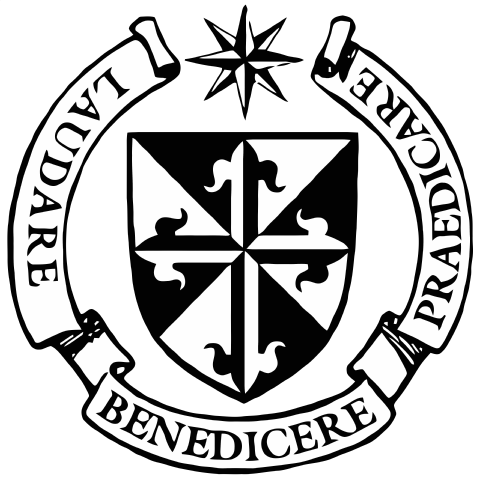1947 Chronicles (9): Of Barns, Chapels, and Chaplain’s Houses
After much preparation, the barns were moved to make a bigger chapel. The small white house across the street was also moved to make the Chaplain’s House and all the buildings were brought together to complete the monastery.
“ Mother prayed to Saint Joseph, saying that we had a place in which to live and Our Lord in the Blessed Sacrament did not...”
“In the beginning of March, Mother had a conference with the contractor and a good friend of the community, regarding our plans to move both barns together to form a choir and chapel. Mr. Fusco discouraged Mother, saying that the sills of the barn intended for the chapel were rotten and it could never be moved. Mother prayed to Saint Joseph, saying that we had a place in which to live and Our Lord in the Blessed Sacrament did not.
“Mr. Fusco wished to abandon plans for moving the barns and build a chapel of cinder blocks instead, but his friend, a fellow-contractor, said that he thought the barn could be moved and offered to have his men try. Both teams worked together very well and, on the seventh of March, the men began to raise one of the barns. On the next day, the eighth of March, one barn was moved twenty feet.
“On the ninth of March, the cells of the Novitiate were partitioned and electric lights were installed in them. Also, the printing press and addressograph machine were put into working order by George and Alphonse Carty, Mother Mary Monica’s brothers.
“Before digging the ground for the foundation of the two barns, the workmen had to remove the huge elm which was beside the monastery just in front of the site proposed. Ma Meehan, Sister Winifred, and Margaret were among the interested spectators. Father Moore, clad in a bright green plaid jacket and green woolen socks, smoking his pipe, was as eager and excited as Tommy, who had chosen to climb up the tree to fasten the cable, which was tied to a bulldozer. Then, the driver moved off and, after a few repeated tugs, the tree came down with a deafening crash, much to the satisfaction of all the onlookers. The bulldozer then immediately began digging the earth away for the foundation of the chapel – this happened on March twelfth.
“The moving of the barns was accomplished by putting huge blocks of wood placed on rollers beneath them. These were pulled along by heavy cables attached to a winch on a truck. They moved very slowly, of course. One could scarcely see them move unless one watched the scenery behind them, and then the trees appeared to be moving instead of the barns.
“Mr. Fusco and his men held their breath for fear that the barns would collapse....”
“Reverend Mother permitted us to peek from the attic windows (now the novitiate quarters) where we could not be seen. It was quite a thrill to see those barns at last firmly set upon the foundations prepared for them. This happened three weeks later, on the first of April. Mr. Fusco and his men held their breath for fear that the barns would collapse and looked on in silent amazement when they did not. Reverend Mother and the Sisters alone were confident, and St. Joseph did not disappoint them.
“The small white house across the street was also moved and placed beside the barn chapel, forming a group of buildings separated by small courtyards and connected later by narrow passageways in the front and rear. The white house was to serve as the chaplain’s quarters, with the three large rooms on the second floor for Margaret Cox and the Extern Sisters. A small two-story shed was also put to good use; it was renovated and built into three rooms and attached to the rear of the white house for Tom, who had decided to remain as a workman for the Sisters.”
Please share our jubilee posts with family and friends! All pictures and archive documents are property of the Monastery of Our Lady of Grace and may not be reproduced without permission.

